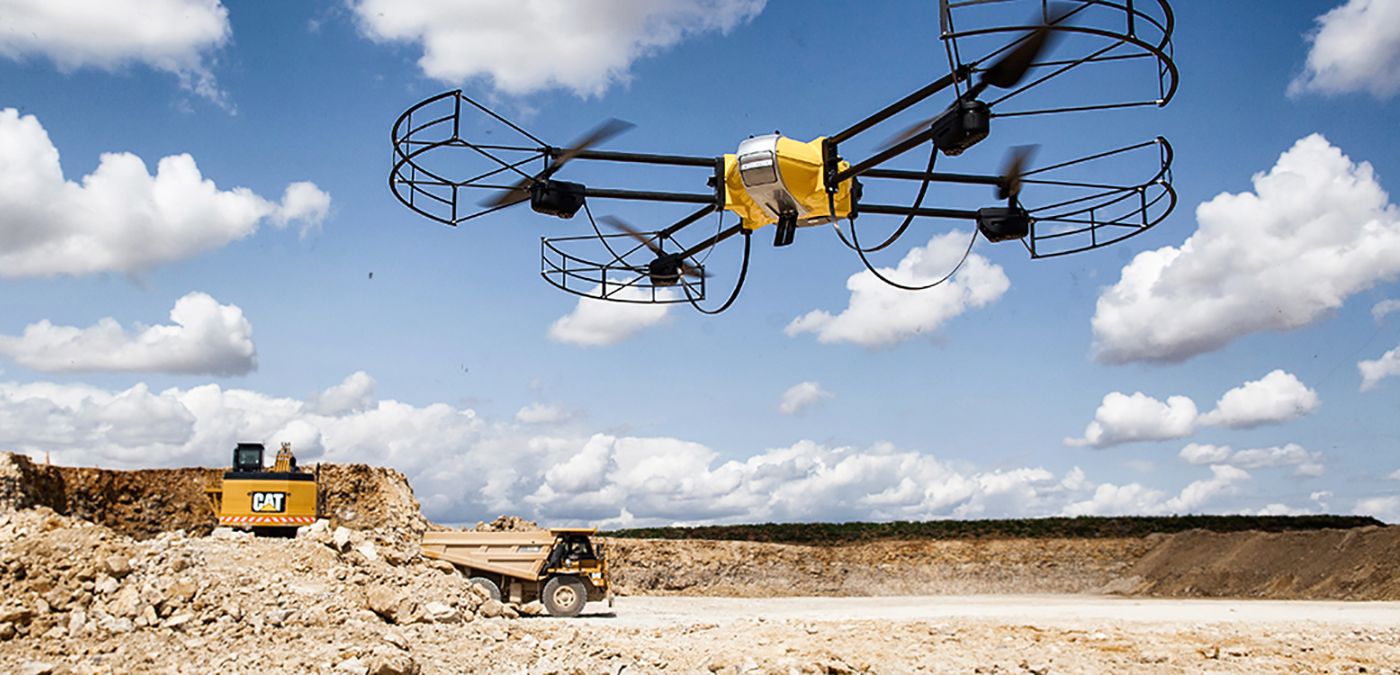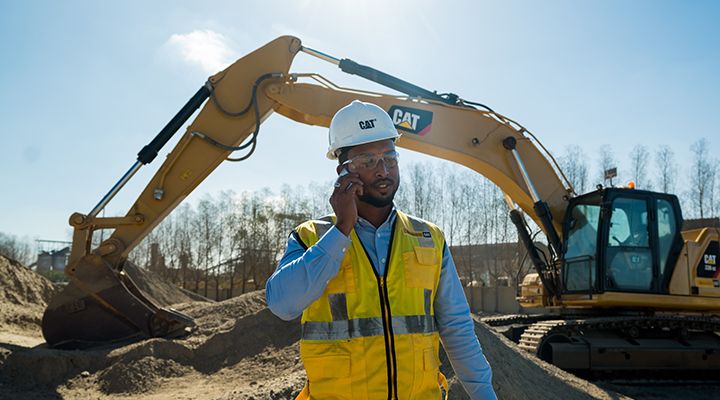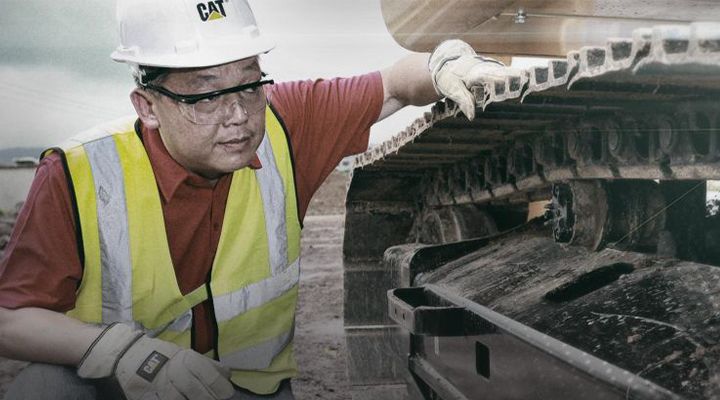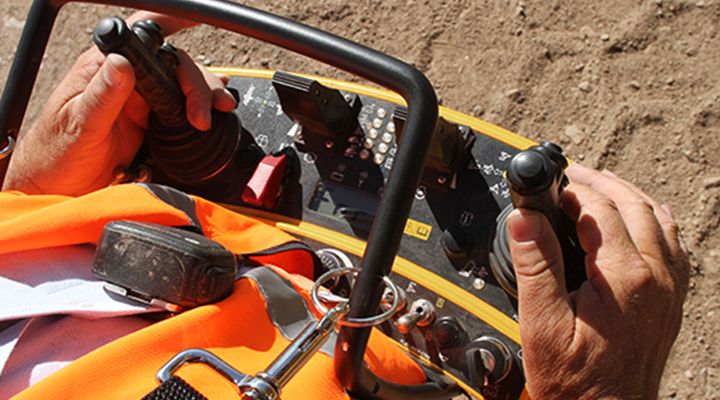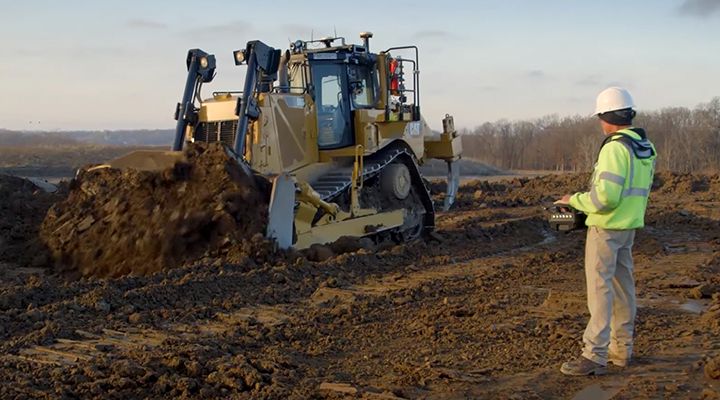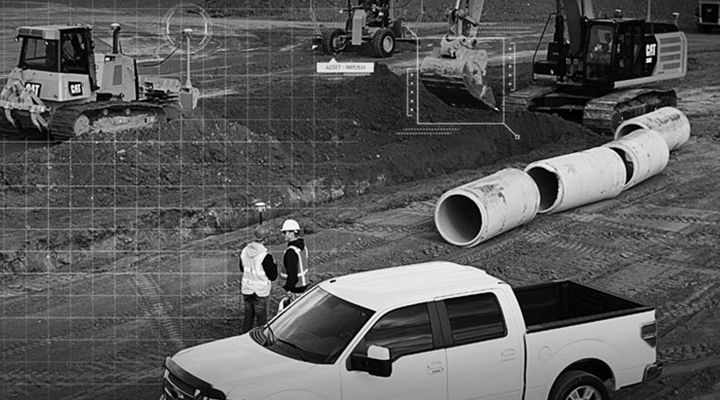

Sign In
Welcome! Sign In to personalize your Cat.com experience
If you already have an existing account with another Cat App, you can use the same account to sign in here
Register Now
One Account. All of Cat.
Your Caterpillar account is the single account you use to log in to select services and applications we offer. Shop for parts and machines online, manage your fleet, go mobile, and more.
Account Information
Site Settings
Security
On the Rise:
Drones in Construction
Commercial drone use continues to rise. Global adoption is expected to rise at a compound annual growth rate of 13.61% between 2019 and 2023, according to market research firm Technavio. Interestingly, the construction industry is among those leading the way. DroneDeploy, a mapping software provider, reports that construction industry adoption grew 239% between 2017 and 2018. Experts expect that to continue, citing construction as one of the top industries where they anticipate rising drone use in 2019. Here’s what else is trending:
Novelty no more
Drones may have seemed like a fad a few years ago, but today they’re serious business. Companies are finding new practical applications every day. Forbes predicts expanded use not just in construction, but also in agriculture, insurance, mining and aggregates, public safety, oil and gas, survey engineering, telecommunications and utilities. Supporting that prediction: the number of drone pilots continues to rise — 115,000 were certified by the FAA in 2018 alone — and most of the newcomers work for companies with internal drone programs.
Falling prices
If you think you can’t afford to put a drone to work for your operation, it might be time to rerun the numbers. A couple years ago, the cost of a drone, software and computer package could top $10,000. Today, you can buy a quality drone for as little as $1,000 and get cloud-based software and management for around $100-$300 a month. Turning to a “drones as a service” (DaaS) provider is another option if you’re still hesitant to make the capital investment. That model lets you pay a company to own and operate the drone, then collect and analyze the data for you.
Regulation uncertainty
Incidents like the drone attack at London’s Gatwick Airport in December 2018 give the technology a bad name, hampering business owners attempting to use drones for legitimate purposes. Will more regulation be the response? The Uniform Law Commission is working on a privacy measure called “Tort Law Relating to Drones Act” that could allow property owners in the U.S. to create aerial no-fly zones — potentially presenting a real challenge for commercial drone users. There’s also a chance the FAA will propose a new rule in 2019 requiring remote identification for all recreational and commercial drones (known as Drone ID).
More advanced than ever
Drones continue to get smaller, lighter and more technologically advanced. The experts at DroneDeploy predict that machine learning and artificial intelligence will make big inroads in 2019 — simplifying and speeding data analysis, managing some tasks automatically and even delving into the predictive analytics/predictive maintenance space. Drone manufacturers are also taking a page from NASA, applying technologies originally designed for use in space to increase flight times and deliver more robust products that stand up to severe weather.
Does drone technology have the potential to take your operation’s efficiency to new heights? Take a look at how drone data helped this quarry site save time, reduce costs, lower safety risks and improve accuracy compared to ground-level surveys.
RELATED ARTICLES
You’re here to get ideas to grow your business. Read on for machine insights and expert tips and tricks to get more out of every job.
-
Maintenance Practices 101
Three areas you don't want to overlook.
Learn More -
Machine Control & Automation Can Add To Your Bottom Line
Technologies that enhance machine performance can add to the bottom line.
Learn More -
Automation & Autonomy: What's the Difference?
These words get used interchangeably, creating confusion. To improve consistency, we've defined these terms.
Learn More -
Productivity - More Efficiency. Better Results.
Cat® Technologies gives you the accuracy, consistency and productivity you want.
Learn More
